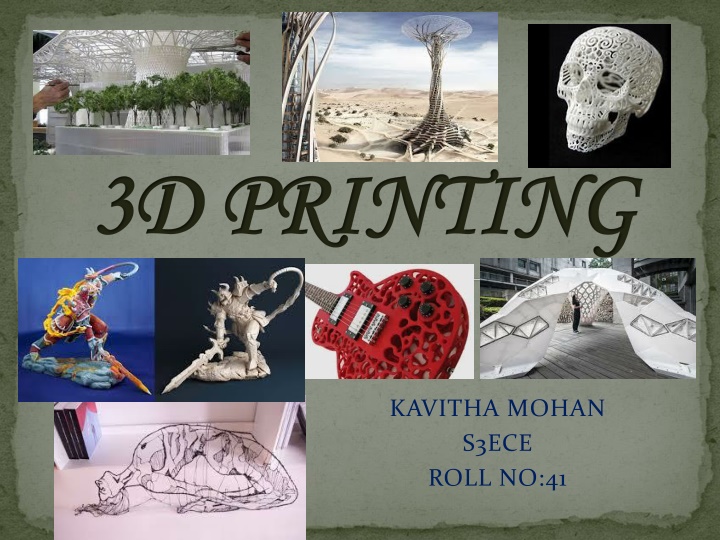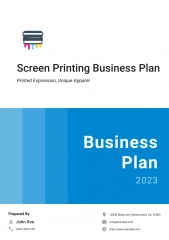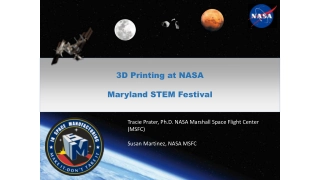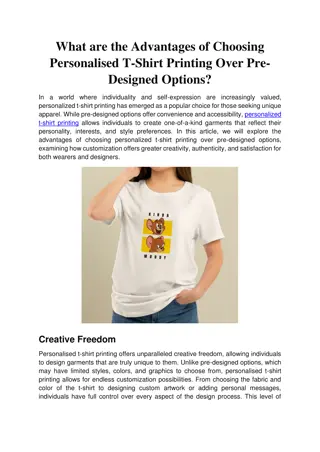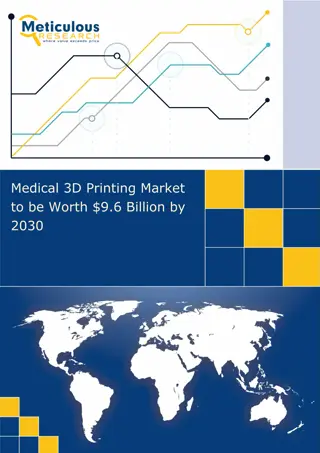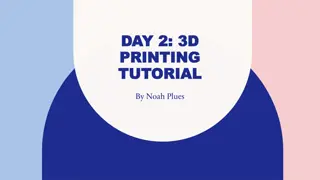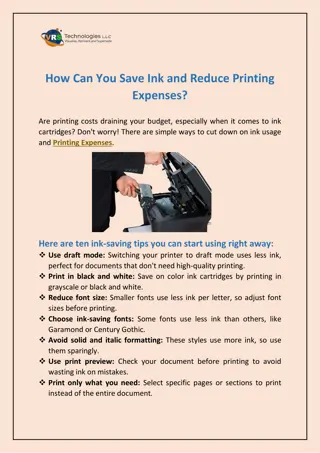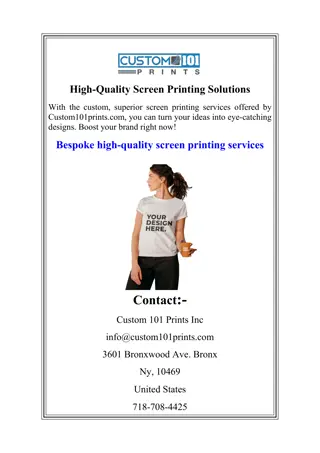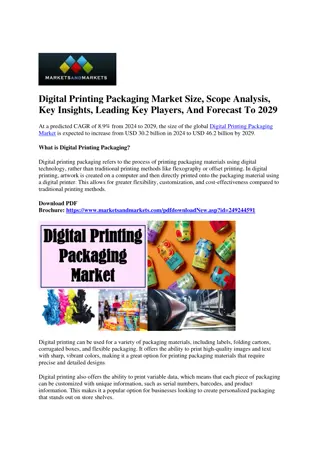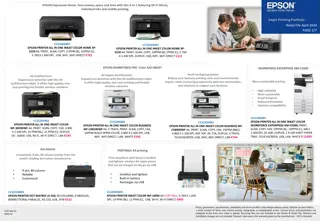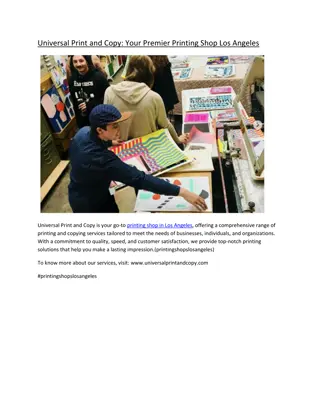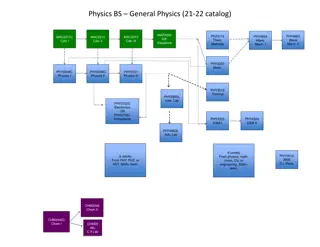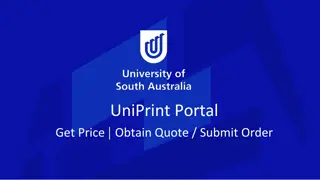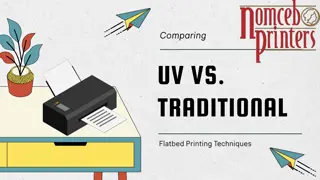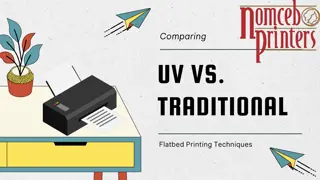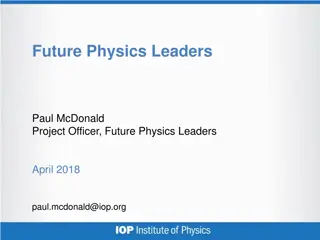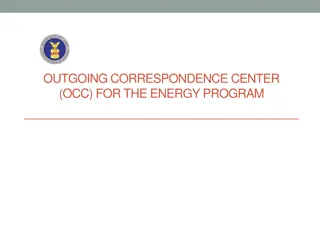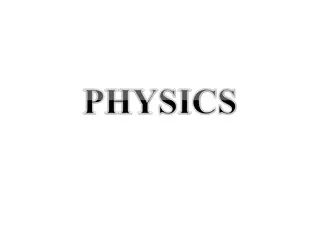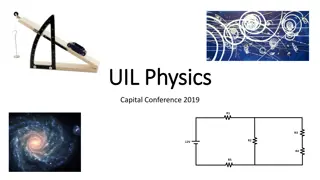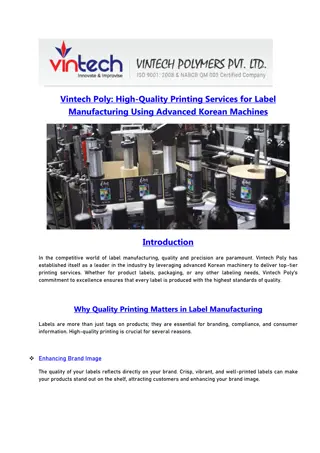Using 3D Printing for Physics Education
This resource explores the integration of 3D printing in physics education through free Computer-Aided Design (CAD) resources. It covers CAD fundamentals, learning resources, example projects, and the process of transitioning from CAD to 3D printing. Discover how CAD software enhances problem-solving skills and offers practical applications in engineering careers.
Uploaded on Mar 15, 2025 | 2 Views
Download Presentation

Please find below an Image/Link to download the presentation.
The content on the website is provided AS IS for your information and personal use only. It may not be sold, licensed, or shared on other websites without obtaining consent from the author.If you encounter any issues during the download, it is possible that the publisher has removed the file from their server.
You are allowed to download the files provided on this website for personal or commercial use, subject to the condition that they are used lawfully. All files are the property of their respective owners.
The content on the website is provided AS IS for your information and personal use only. It may not be sold, licensed, or shared on other websites without obtaining consent from the author.
E N D
Presentation Transcript
3D PRINTING 3D PRINTING KAVITHA MOHAN S3ECE ROLL NO:41
HISTORY 3D printing / Additive manufacturing Process of making three dimensional solid objects from a digital file. An object is created by laying down successive layers of material until the entire object is created.
GENERAL PRINCIPLES GENERAL PRINCIPLES MODELING: with a computer aided design (CAD) package/or via a 3D scanner /via a plain digital camera and photogrammetry software PRINTING To perform a print, the machine reads the design and lays down successive layers of liquid, powder, or sheet material to build the model from a series of cross sections. These layers, which correspond to the virtual cross sections from the CAD model, are joined together or automatically fused to create the final shape.
FINISHING Though the printer-produced resolution is sufficient for many applications, printing a slightly oversized version of the desired object in standard resolution, and then removing material with a higher-resolution subtractive process can achieve a higher-resolution.
Methods of 3d Printing Selective laser sintering (SLS) Laminated object manufacturing or LOM Stereolithography (SLA) Polyjet or Jetted Photopolymer (J-P) Fused deposition modeling/fused filament fabrication (FDM/FFF) Cladding or Laser Powder Forming or Laser Fusing Laminated object manufacturing or LOM
SLS :uses a high powered laser to melt powder together for musical instruments SLA: A layer of fluid resin is hardened by UV or laser no need for post-finishing. PJ: extrudes a photopolymer which hardens with UV light. can create rubber-like objects. for creating one-piece string instruments FDM: most seen 3d printing method a plastic wire is molten and laid down in layers. Inherently unsolid material, always has air-spaces and fuse lines
LPF: Instead of feeding the printing head a solid core of material, a powder is fed. A method for making very detailed and small parts LOM: Sheets of raw material are laid on each other, after which it will be cut out by laser or knife.
APPLICATIONS Biomedical Engineering: Creating limbs and other body parts out of metal or other materials to replace lost or damaged limbs. More accurate Faster
Construction and Architecture 3D printing concept to create entire buildings
Product Prototyping Allows designers to create and the next day see and touch their design Earlier the process was tedious without 3D printing
